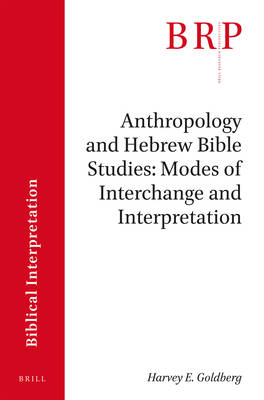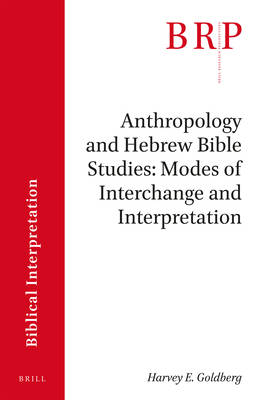
- Afhalen na 1 uur in een winkel met voorraad
- Gratis thuislevering in België vanaf € 30
- Ruim aanbod met 7 miljoen producten
- Afhalen na 1 uur in een winkel met voorraad
- Gratis thuislevering in België vanaf € 30
- Ruim aanbod met 7 miljoen producten
Zoeken
Anthropology and Hebrew Bible Studies: Modes of Interchange and Interpretation
Harvey E Goldberg
€ 123,95
+ 247 punten
Omschrijving
Interchange between anthropology and biblical scholarship began because of perceived similarities between "simpler" societies and practices appearing in the Hebrew Bible. After some disengagement when anthropologists turned mainly to ethnographic fieldwork, new cross-disciplinary possibilities opened up when structuralism emerged in anthropology. Ritual and mythology were major topics receiving attention, and some biblical scholars partially adopted structuralist methods. In addition, anthropological research extended to complex societies and also had an impact upon historical studies. Modes of interpretation developed that reflected holistic perspectives along with a sensibility to ethnographic detail. This essay illustrates these trends in regard to rituals and to notions of purity in the Hebrew Bible, as well as to the place of literacy in Israelite society and culture. After discussing these themes, three examples of structuralist-inspired analysis are presented which in different ways take into account historical and literacy-based facets of the Bible.
Specificaties
Betrokkenen
- Auteur(s):
- Uitgeverij:
Inhoud
- Aantal bladzijden:
- 88
- Taal:
- Engels
- Reeks:
Eigenschappen
- Productcode (EAN):
- 9789004375758
- Verschijningsdatum:
- 14/06/2018
- Uitvoering:
- Paperback
- Formaat:
- Trade paperback (VS)
- Afmetingen:
- 150 mm x 231 mm
- Gewicht:
- 176 g

Alleen bij Standaard Boekhandel
+ 247 punten op je klantenkaart van Standaard Boekhandel
Beoordelingen
We publiceren alleen reviews die voldoen aan de voorwaarden voor reviews. Bekijk onze voorwaarden voor reviews.











